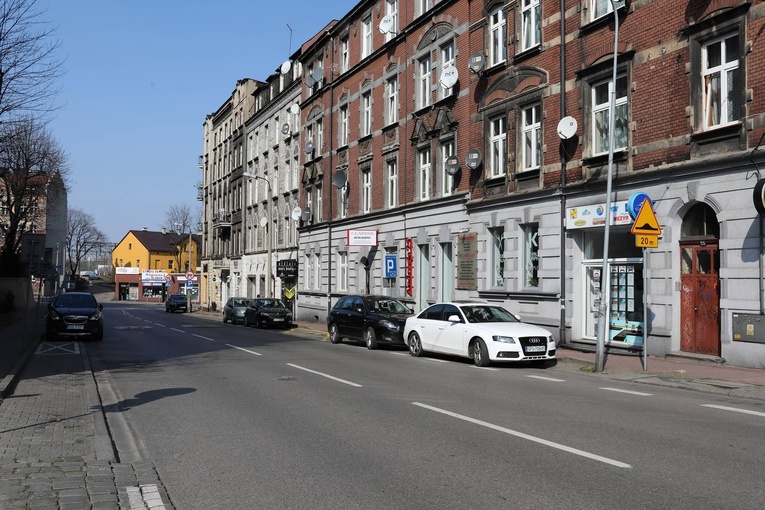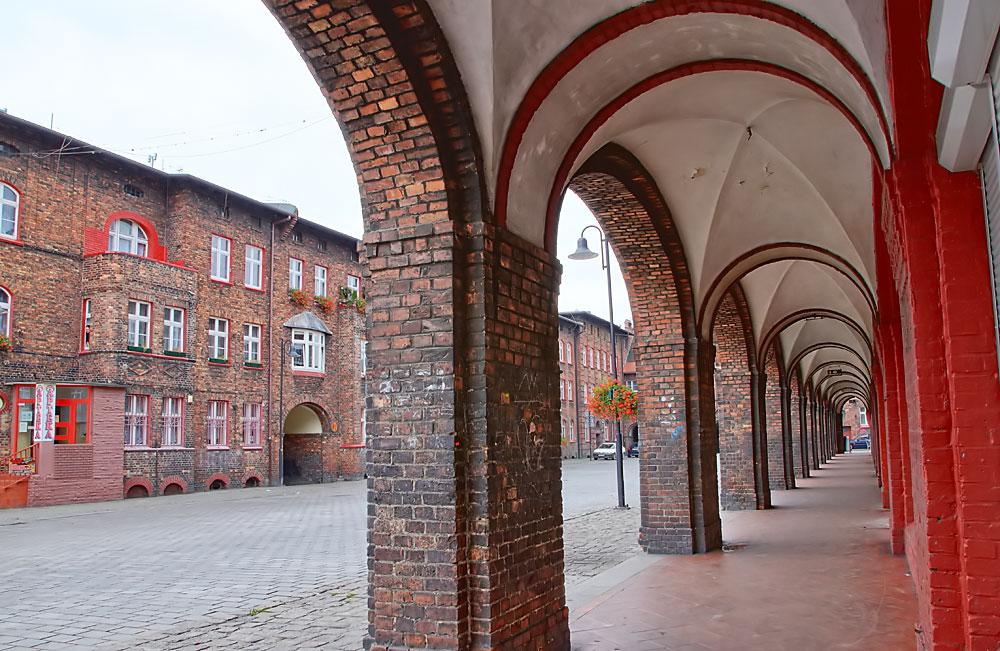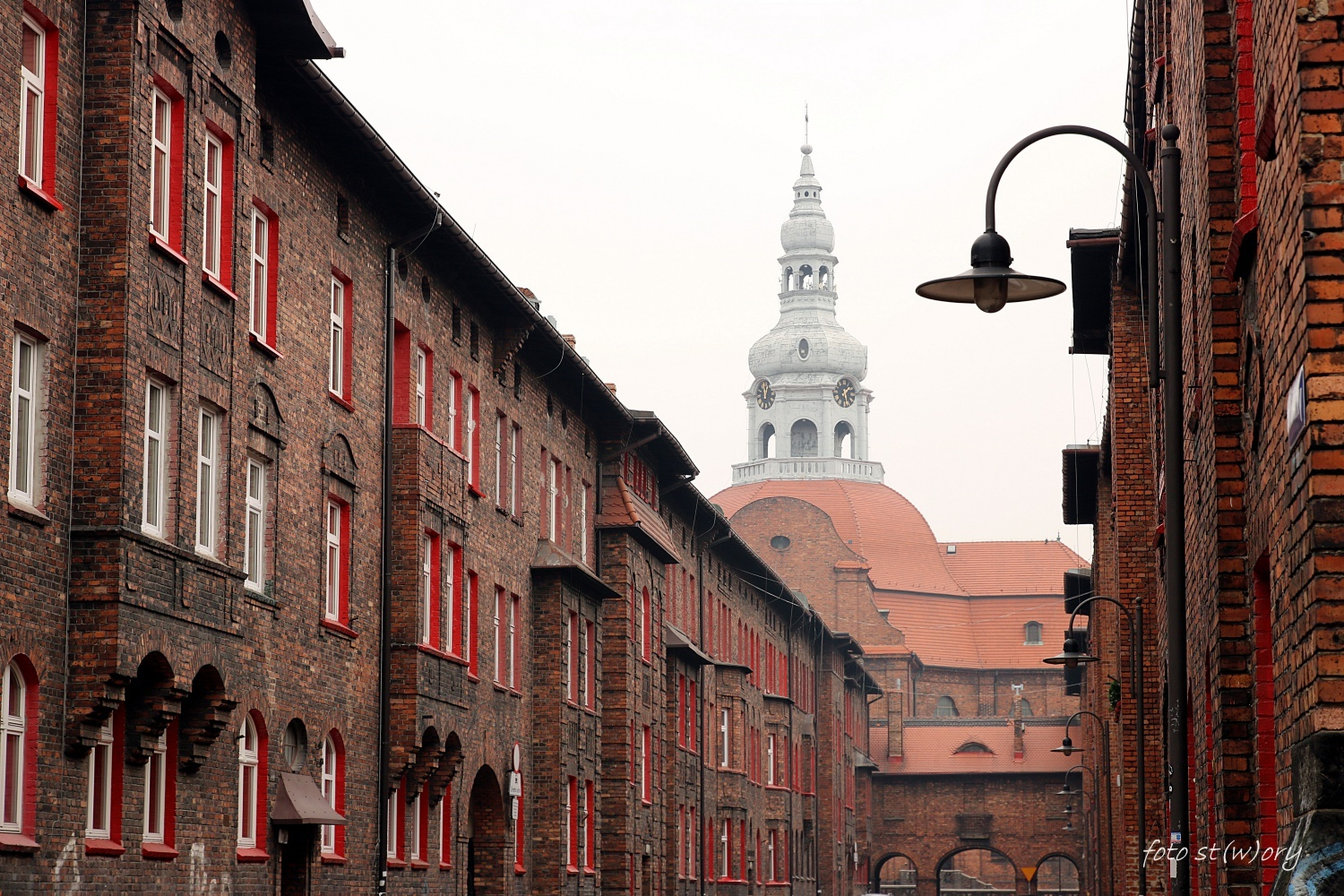Post by Bonobo on Apr 3, 2011 17:15:50 GMT 1
en.wikipedia.org/wiki/Katowice
Katowice [katɔˈvit͡sɛ] ( listen) (Silesian: Katowicy, German: Kattowitz, Czech: Katovice) is a city in Silesia in southern Poland, on the Kłodnica and Rawa rivers (tributaries of the Oder and the Vistula respectively). Katowice is located in the Silesian Highlands, about 50 km (31 mi) north of the Silesian Beskids (part of the Carpathian Mountains) and about 100 km (62 mi) southeast of the Sudetes Mountains.
It is the central district of the Upper Silesian Metropolis, with a population of 2 million. Katowice is the center of science, culture, industry, business and transportation in southern Poland. It is the main city in the Upper Silesian Industrial Region and of the 2,7 million[1][2][3][4][5] conurbation, the Katowice urban area, within a Silesian metropolitan area populated by 4,676,983 people.
Katowice has been the capital of the Silesian Voivodeship since its formation in 1999. Previously, it was the capital of the Katowice Voivodeship, before then, of the Silesian Voivodeship and before then Province of Upper Silesia in Germany.
The area around Katowice in Upper Silesia has been inhabited by ethnic Silesians from its earliest documented history.[citation needed] It was first ruled by the Polish Silesian Piast dynasty (until its extinction). From 1335, it was a part of the Crown of Bohemia. In 1526 the territory passed to the Austrian Habsburg Monarchy after the death of King Louis II of Hungary and Bohemia. In 1742, most of Silesia was annexed from Austria by the Kingdom of Prussia during the First Silesian War.
Katowice gained city status in 1865 as Kattowitz in the Prussian Province of Silesia.[citation needed] The city flourished due to large mineral (especially coal) deposits in the nearby mountains. Extensive city growth and prosperity depended on the coal mining and steel industries, which took off during the Industrial Revolution. Kattowitz was inhabited mainly by Germans, Silesians, Jews and Poles. Previously part of the Beuthen district, in 1873 it became the capital of the new Kattowitz district. On 1 April 1899, the city of Kattowitz was separated from the district, becoming an independent city.
According to the Treaty of Versailles after World War I the Upper Silesia plebiscite was organised by the League of Nations. Though in the city of Katowice the plebiscite resulted 22,774 votes to remain in Germany and 3,900 votes for Poland,[6] following the Silesian Uprisings (1918–21) Katowice became part of the Second Polish Republic with a certain level of autonomy (Silesian Parliament as a constituency and Silesian Voivodeship Council as the executive body).
The city was occupied by Nazi Germany between 1939-1945.
In 1953 the city was renamed Stalinogród ("Stalin City") by the Polish communist government. However, the new name was never accepted by the city's population and in 1956 the former name of 'Katowice' was restored.
Severe ecological damage to the environment occurred during the post-Second World War time of communist governance in the People's Republic of Poland, but recent changes in regulations, procedures and policies of Polish government since the fall of Communism have reversed much of the harm that was done.[7]
Due to economic reforms, there has been a shift away from heavy industry, and towards small businesses.
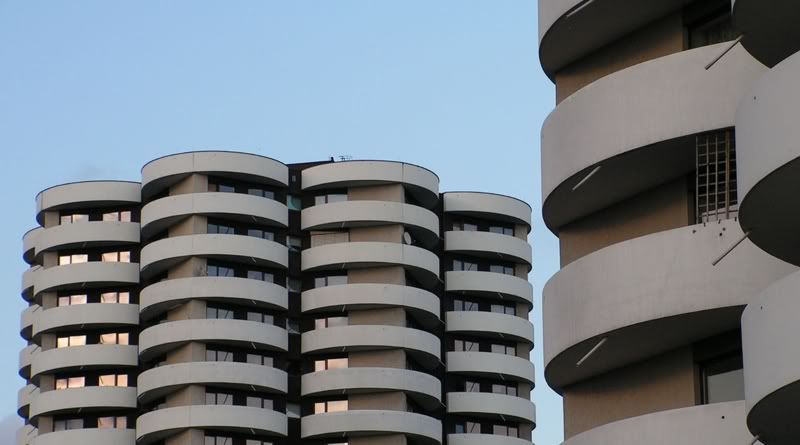
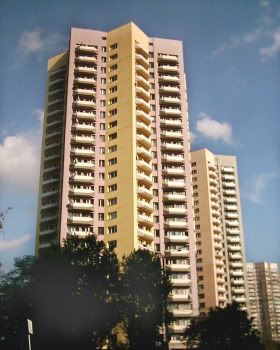
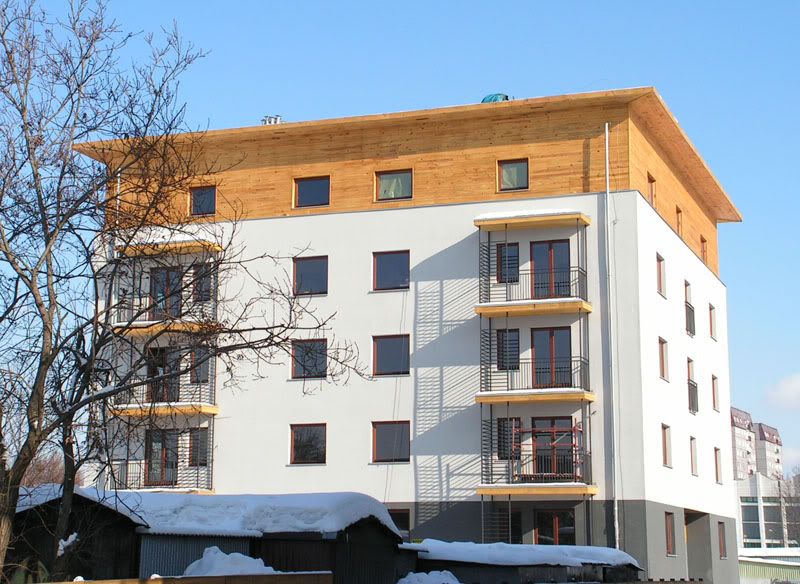

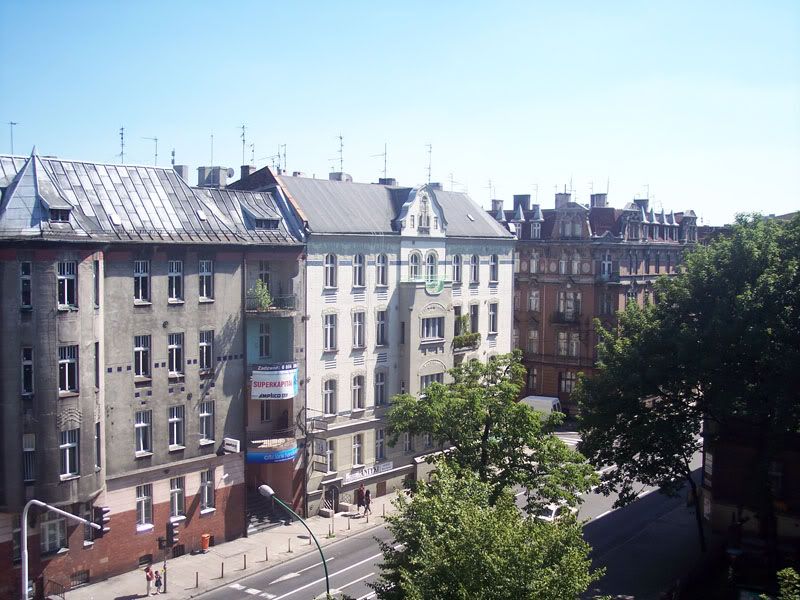

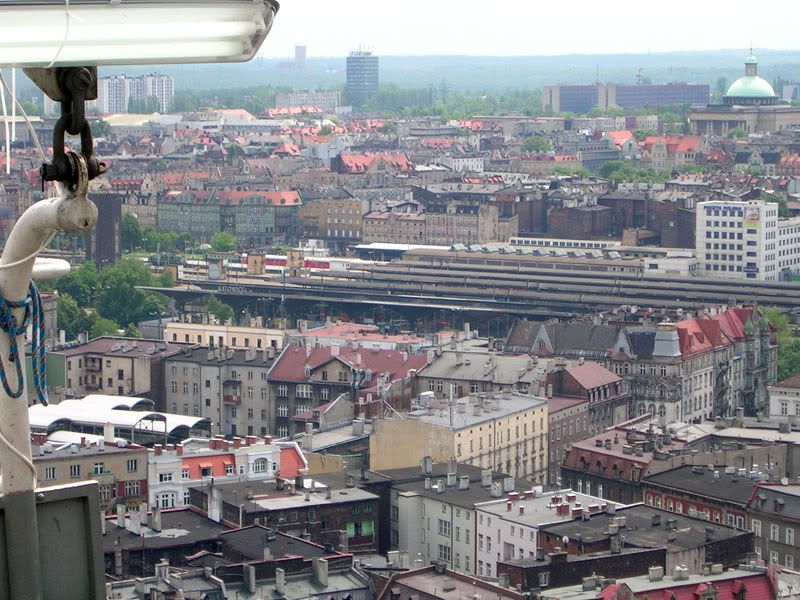
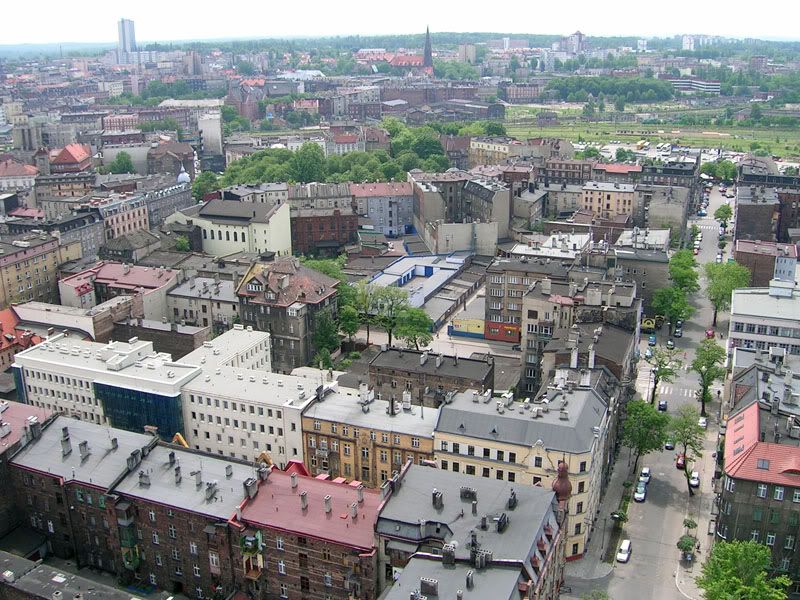



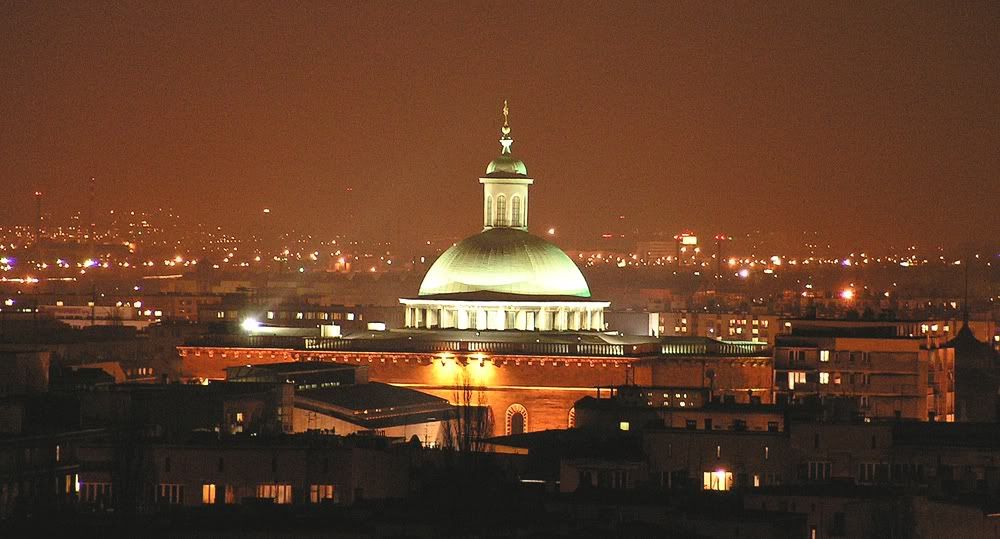



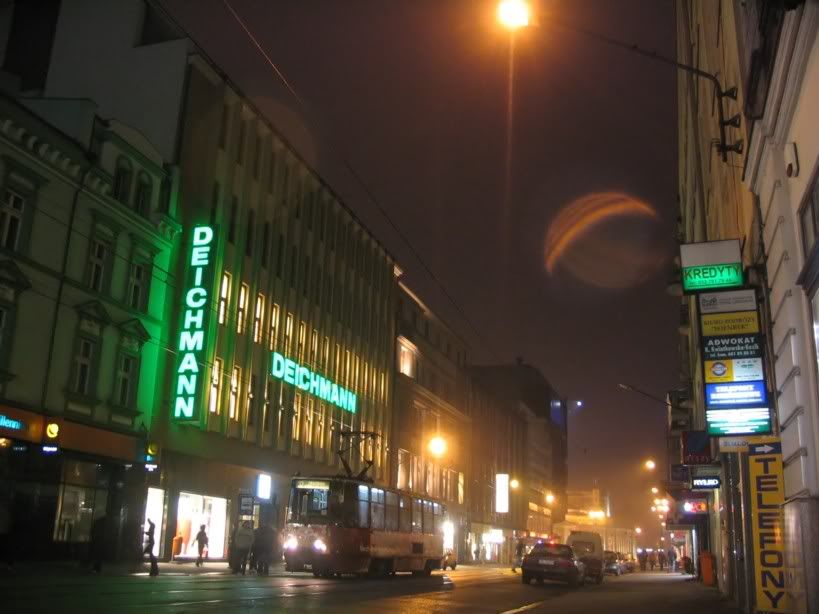
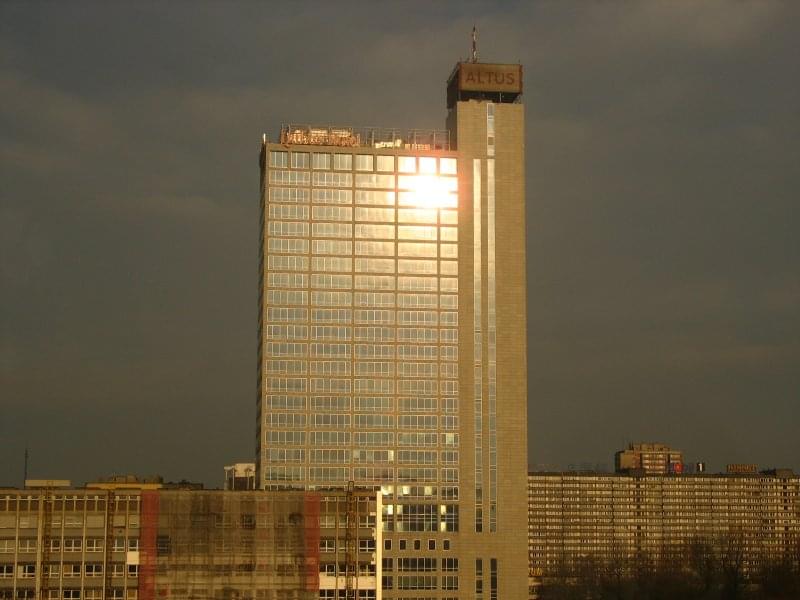
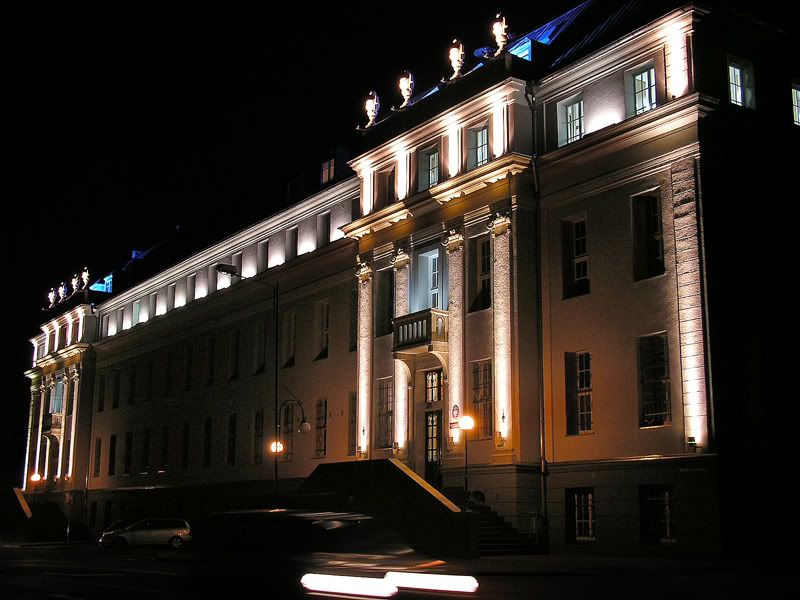


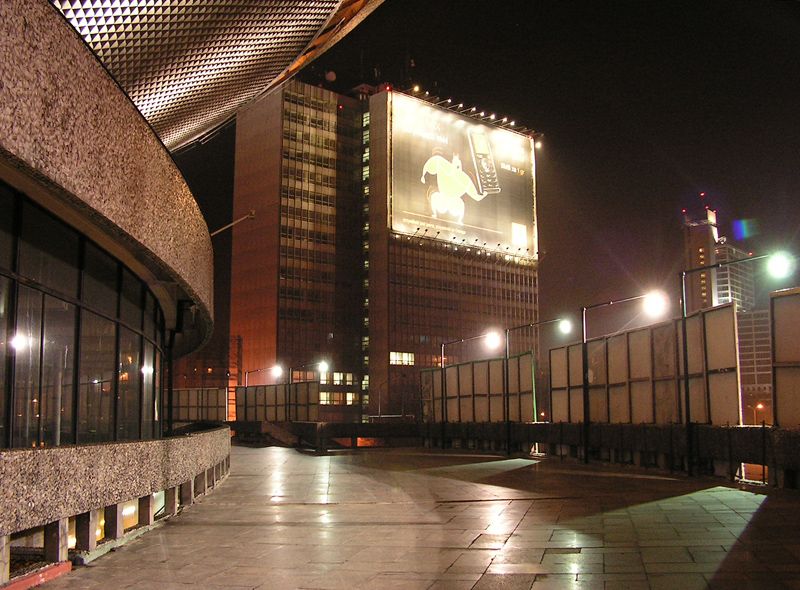
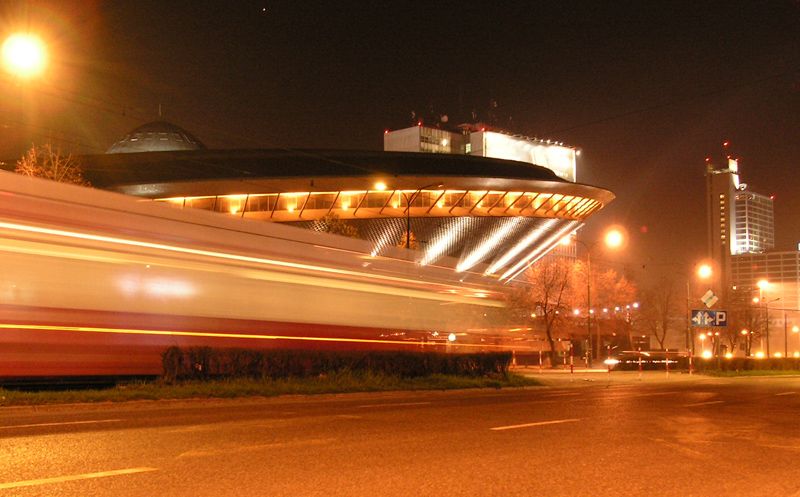



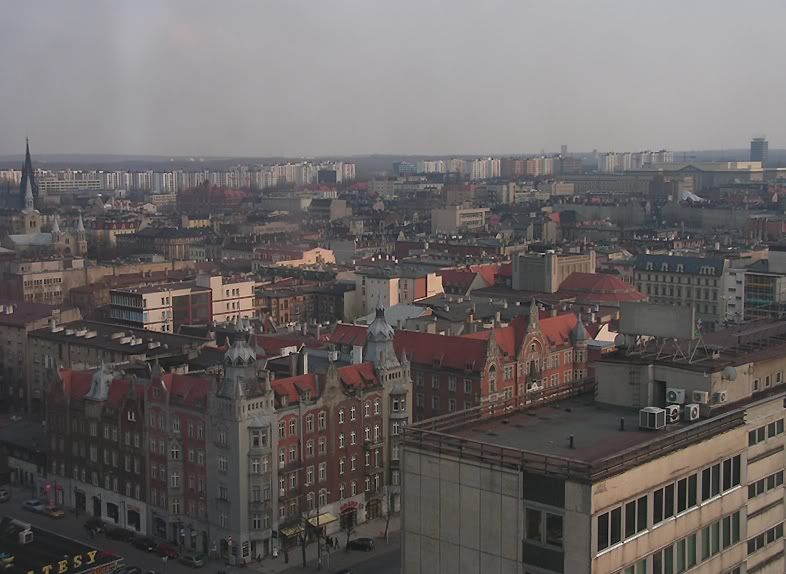
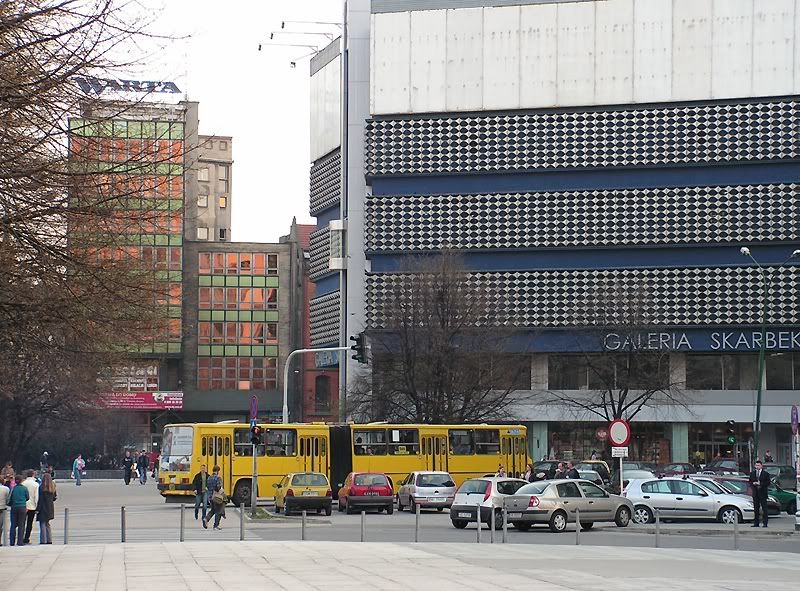

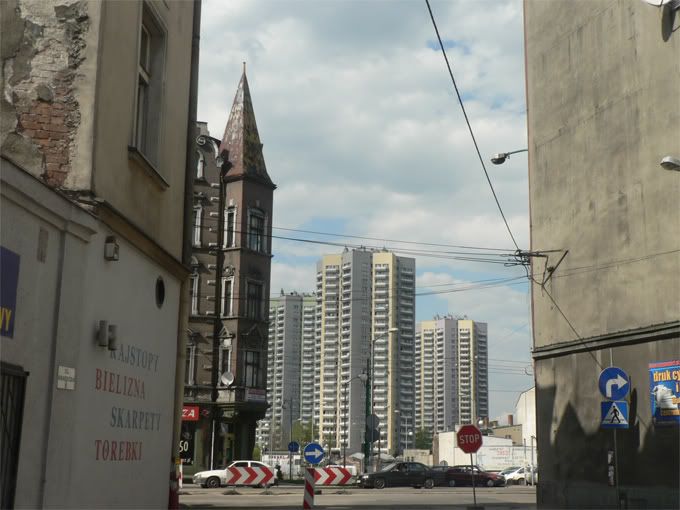
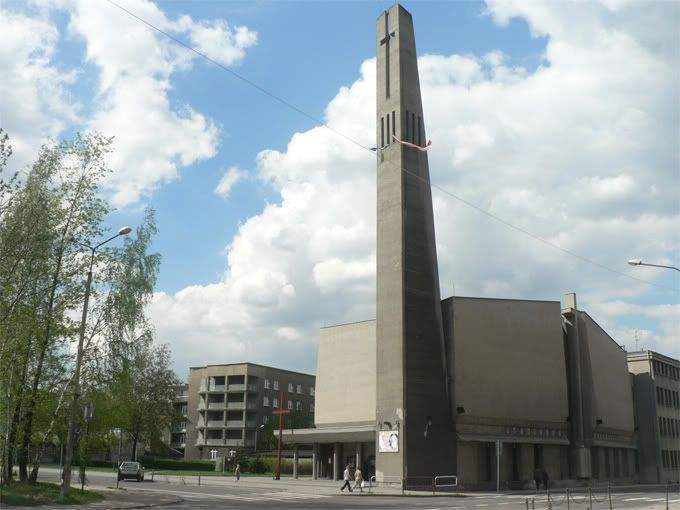
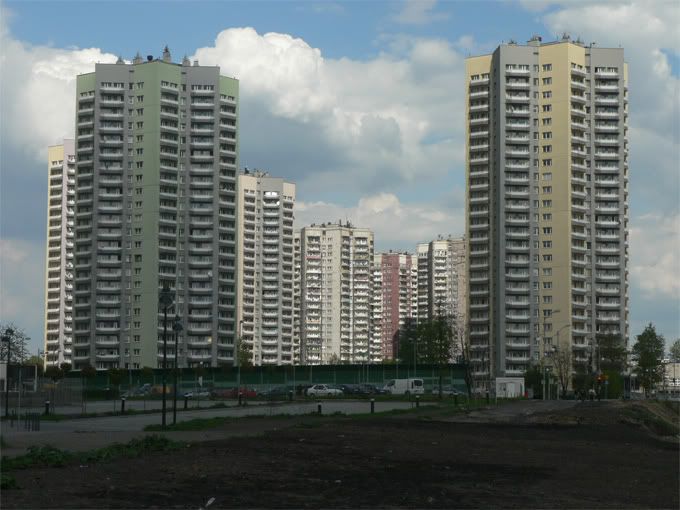
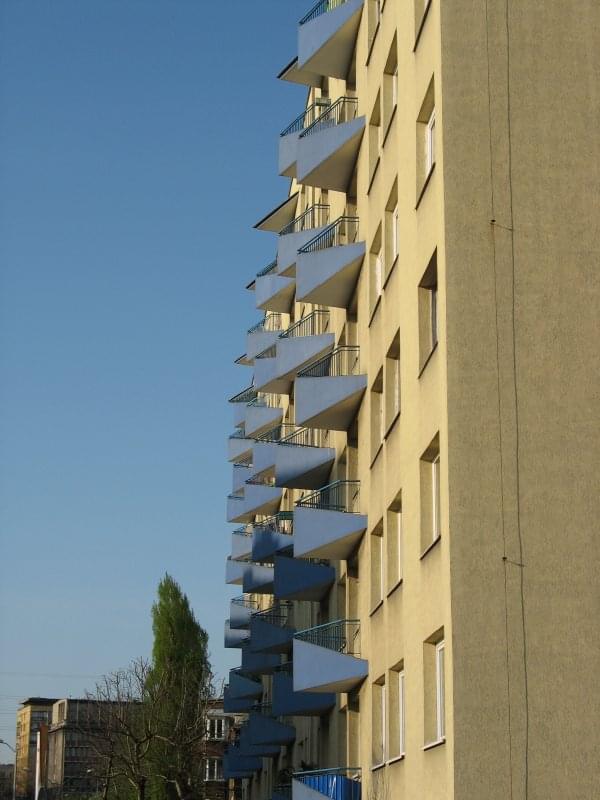

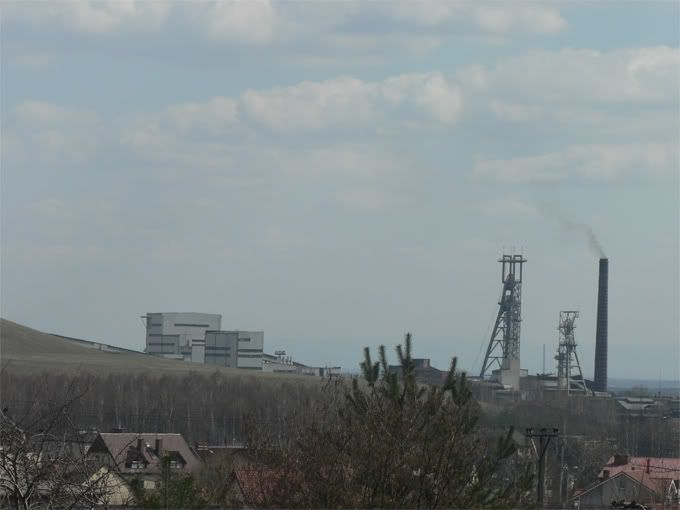
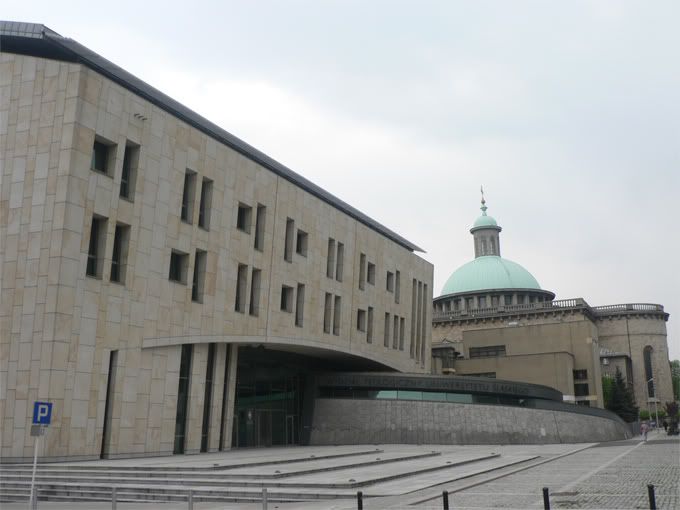
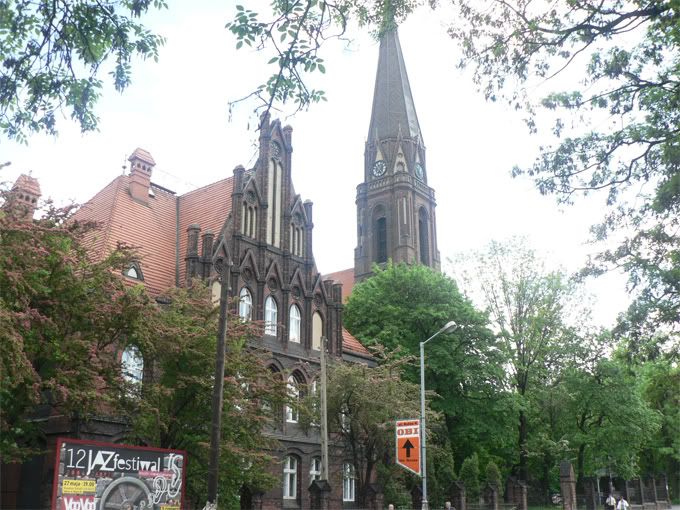
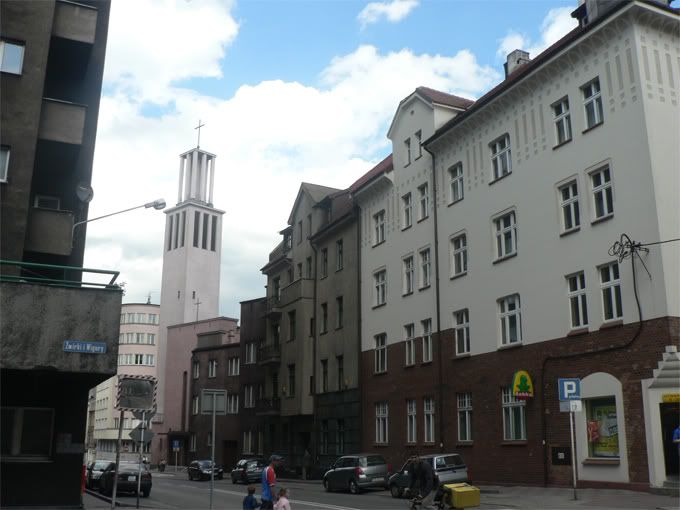

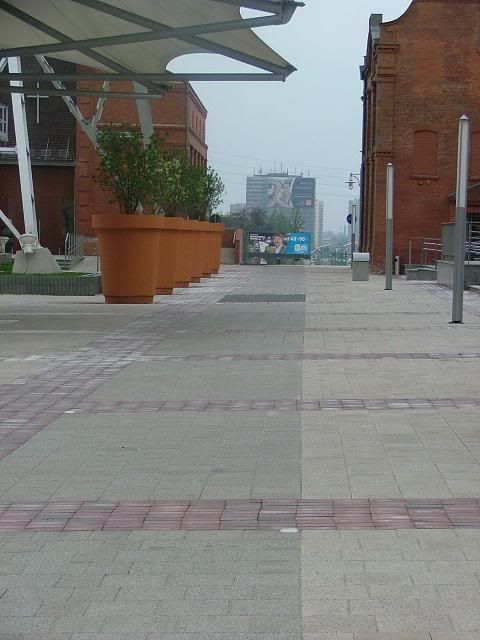

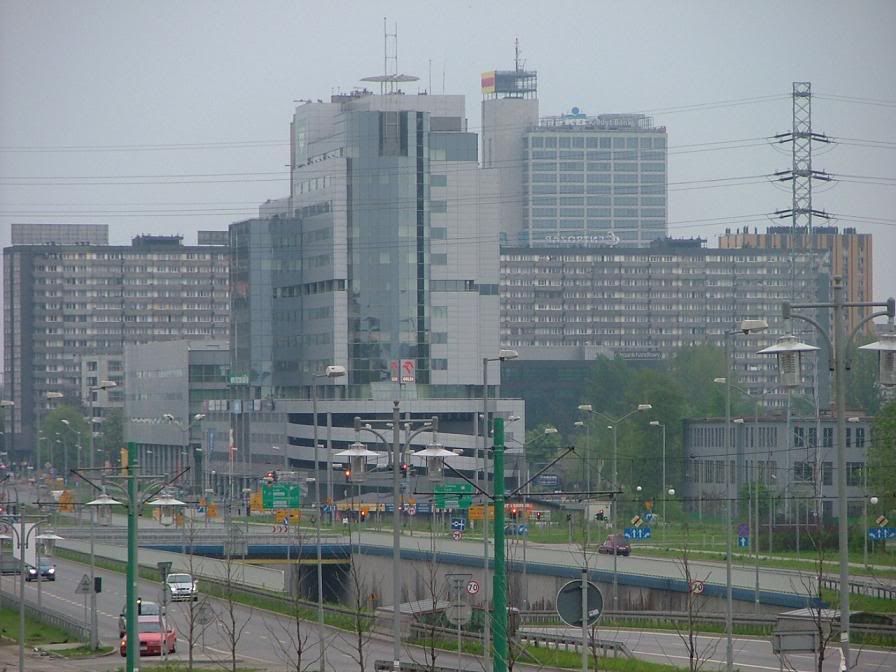
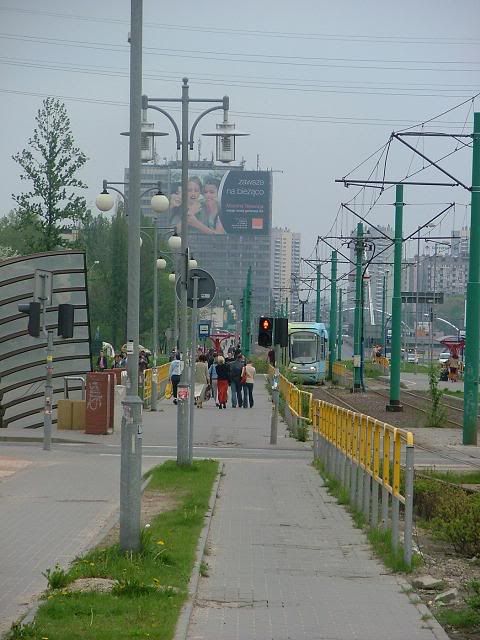
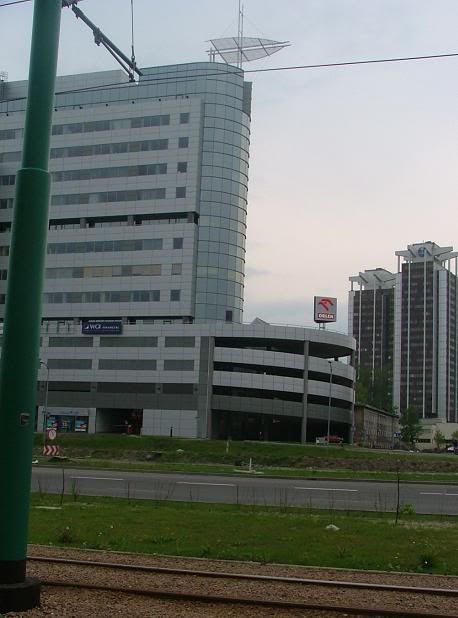
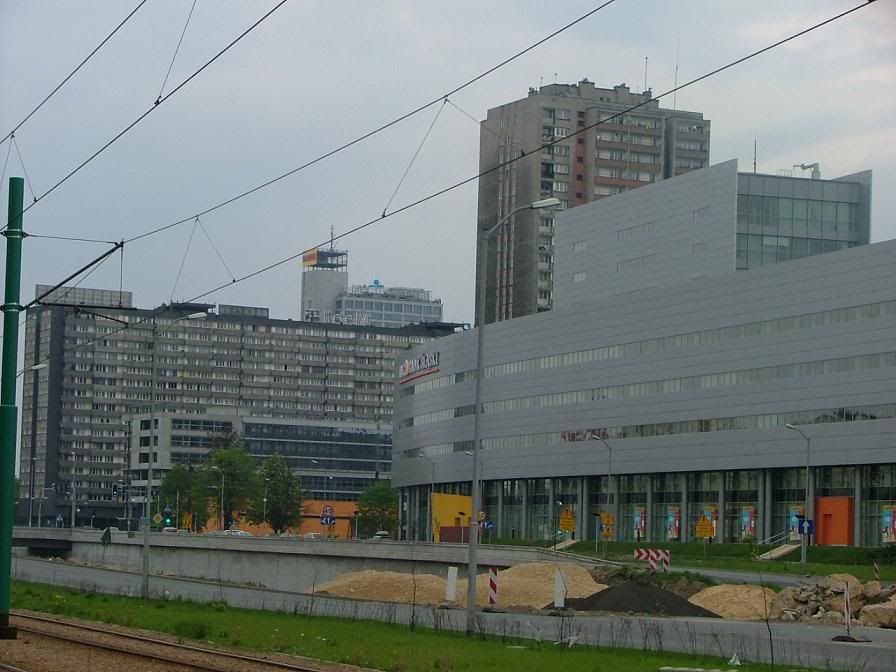
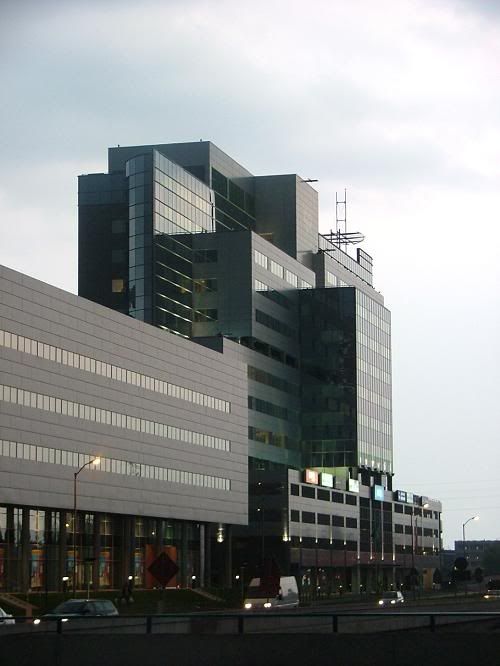





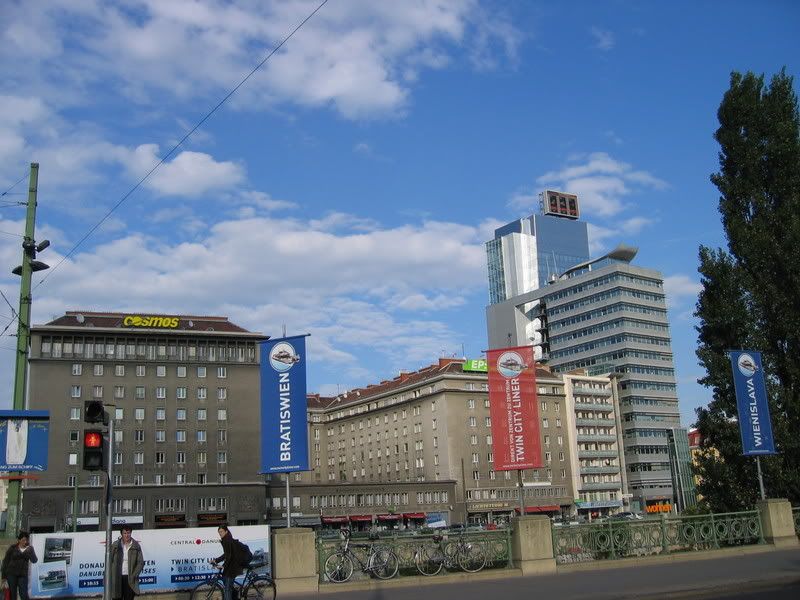
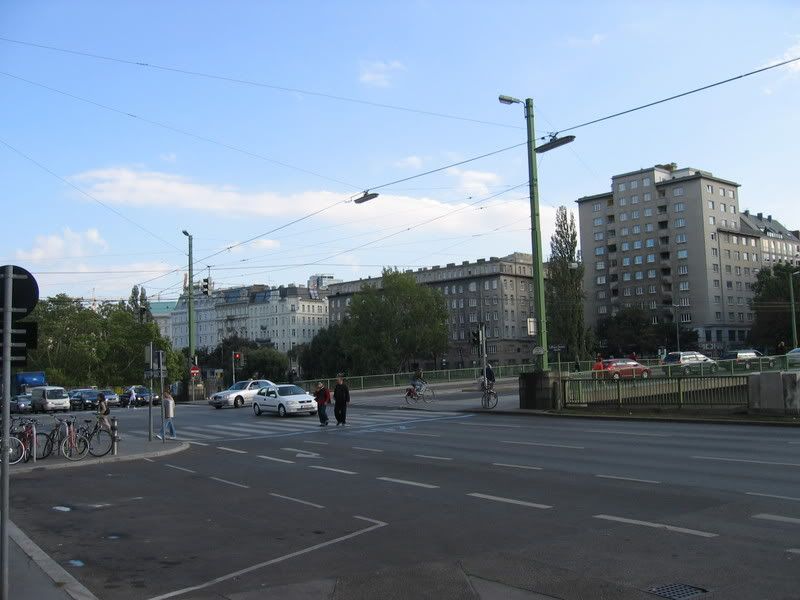
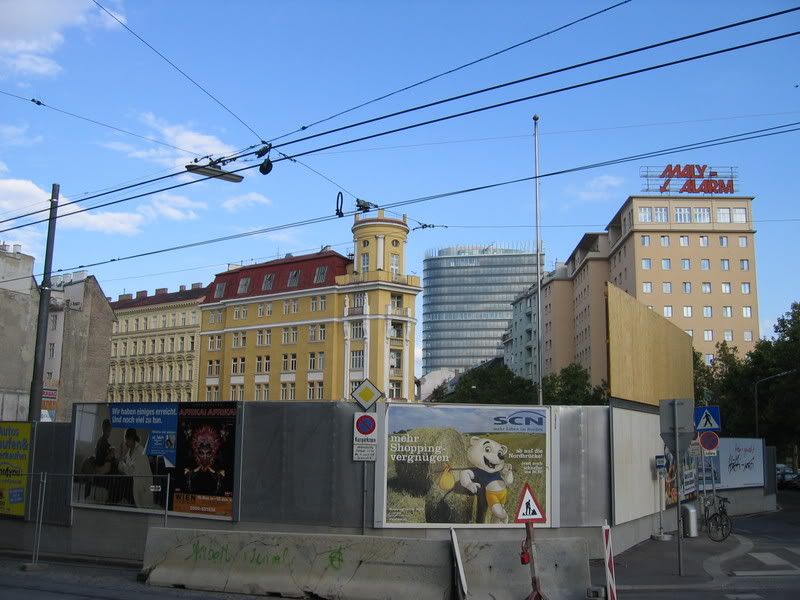
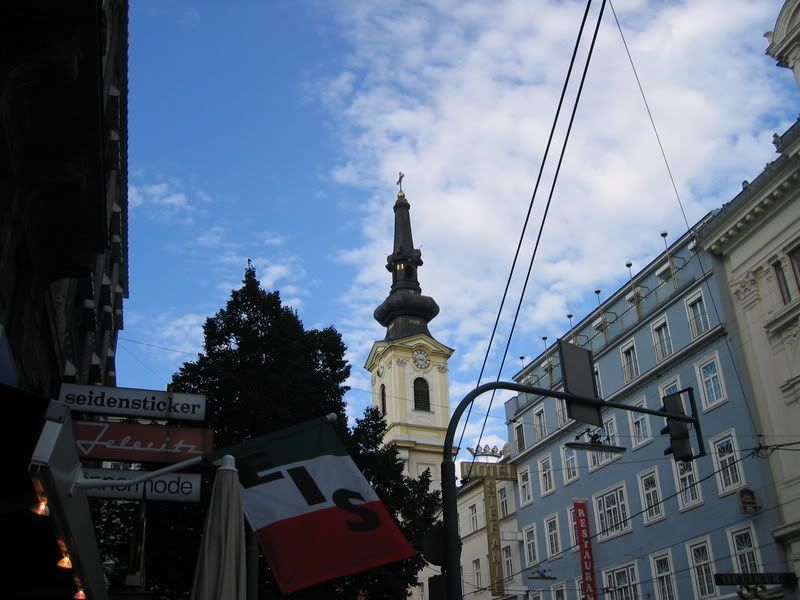

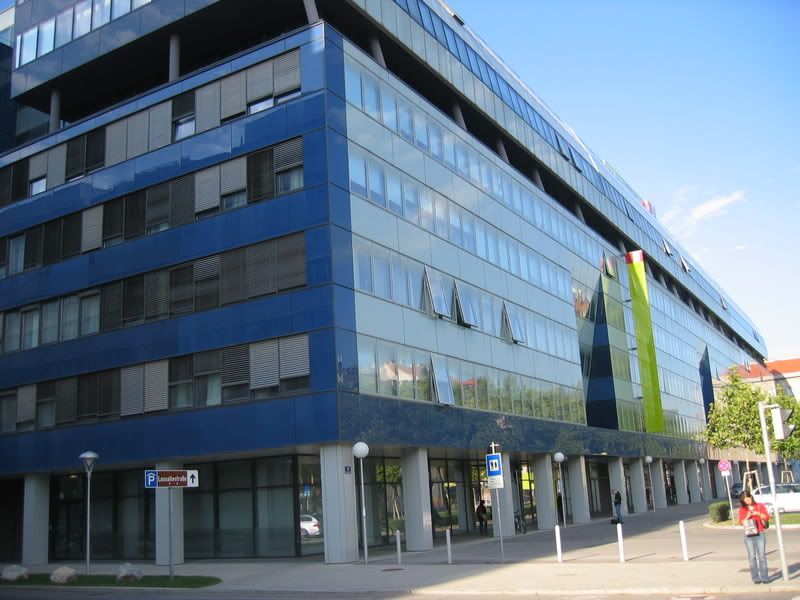
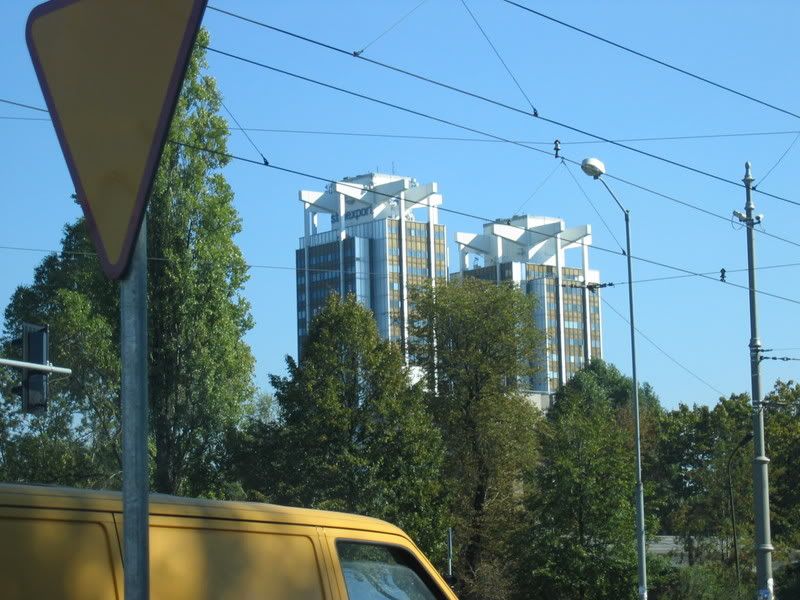
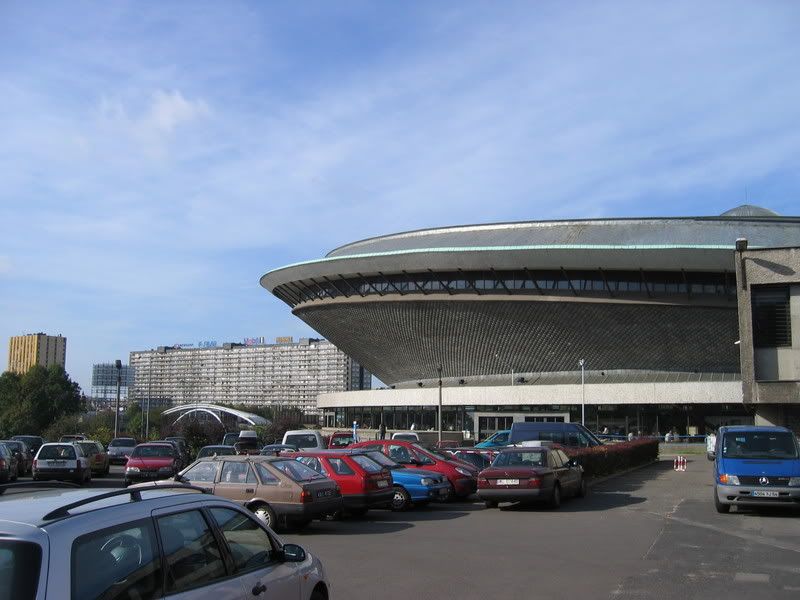
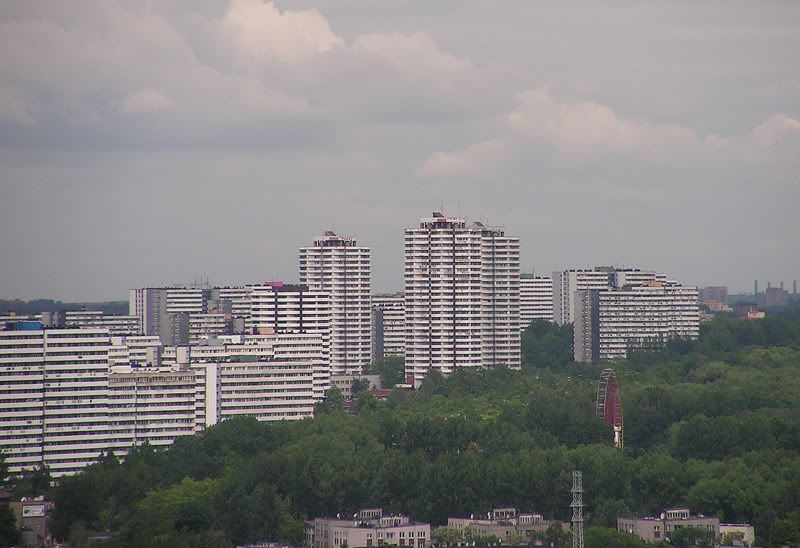

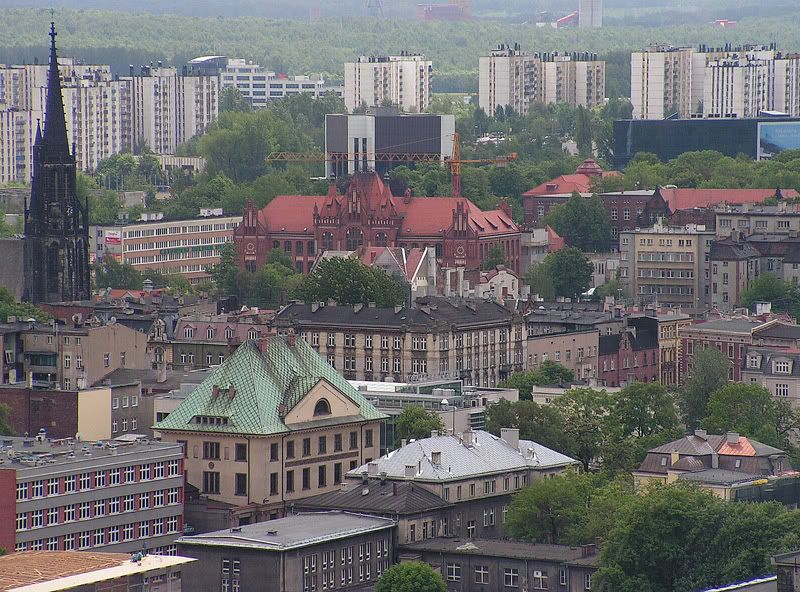


More here
www.skyscrapercity.com/showthread.php?t=324482&page=10
Katowice [katɔˈvit͡sɛ] ( listen) (Silesian: Katowicy, German: Kattowitz, Czech: Katovice) is a city in Silesia in southern Poland, on the Kłodnica and Rawa rivers (tributaries of the Oder and the Vistula respectively). Katowice is located in the Silesian Highlands, about 50 km (31 mi) north of the Silesian Beskids (part of the Carpathian Mountains) and about 100 km (62 mi) southeast of the Sudetes Mountains.
It is the central district of the Upper Silesian Metropolis, with a population of 2 million. Katowice is the center of science, culture, industry, business and transportation in southern Poland. It is the main city in the Upper Silesian Industrial Region and of the 2,7 million[1][2][3][4][5] conurbation, the Katowice urban area, within a Silesian metropolitan area populated by 4,676,983 people.
Katowice has been the capital of the Silesian Voivodeship since its formation in 1999. Previously, it was the capital of the Katowice Voivodeship, before then, of the Silesian Voivodeship and before then Province of Upper Silesia in Germany.
The area around Katowice in Upper Silesia has been inhabited by ethnic Silesians from its earliest documented history.[citation needed] It was first ruled by the Polish Silesian Piast dynasty (until its extinction). From 1335, it was a part of the Crown of Bohemia. In 1526 the territory passed to the Austrian Habsburg Monarchy after the death of King Louis II of Hungary and Bohemia. In 1742, most of Silesia was annexed from Austria by the Kingdom of Prussia during the First Silesian War.
Katowice gained city status in 1865 as Kattowitz in the Prussian Province of Silesia.[citation needed] The city flourished due to large mineral (especially coal) deposits in the nearby mountains. Extensive city growth and prosperity depended on the coal mining and steel industries, which took off during the Industrial Revolution. Kattowitz was inhabited mainly by Germans, Silesians, Jews and Poles. Previously part of the Beuthen district, in 1873 it became the capital of the new Kattowitz district. On 1 April 1899, the city of Kattowitz was separated from the district, becoming an independent city.
According to the Treaty of Versailles after World War I the Upper Silesia plebiscite was organised by the League of Nations. Though in the city of Katowice the plebiscite resulted 22,774 votes to remain in Germany and 3,900 votes for Poland,[6] following the Silesian Uprisings (1918–21) Katowice became part of the Second Polish Republic with a certain level of autonomy (Silesian Parliament as a constituency and Silesian Voivodeship Council as the executive body).
The city was occupied by Nazi Germany between 1939-1945.
In 1953 the city was renamed Stalinogród ("Stalin City") by the Polish communist government. However, the new name was never accepted by the city's population and in 1956 the former name of 'Katowice' was restored.
Severe ecological damage to the environment occurred during the post-Second World War time of communist governance in the People's Republic of Poland, but recent changes in regulations, procedures and policies of Polish government since the fall of Communism have reversed much of the harm that was done.[7]
Due to economic reforms, there has been a shift away from heavy industry, and towards small businesses.































































More here
www.skyscrapercity.com/showthread.php?t=324482&page=10








